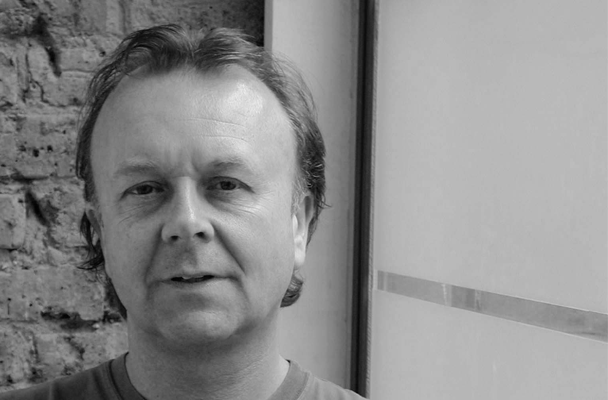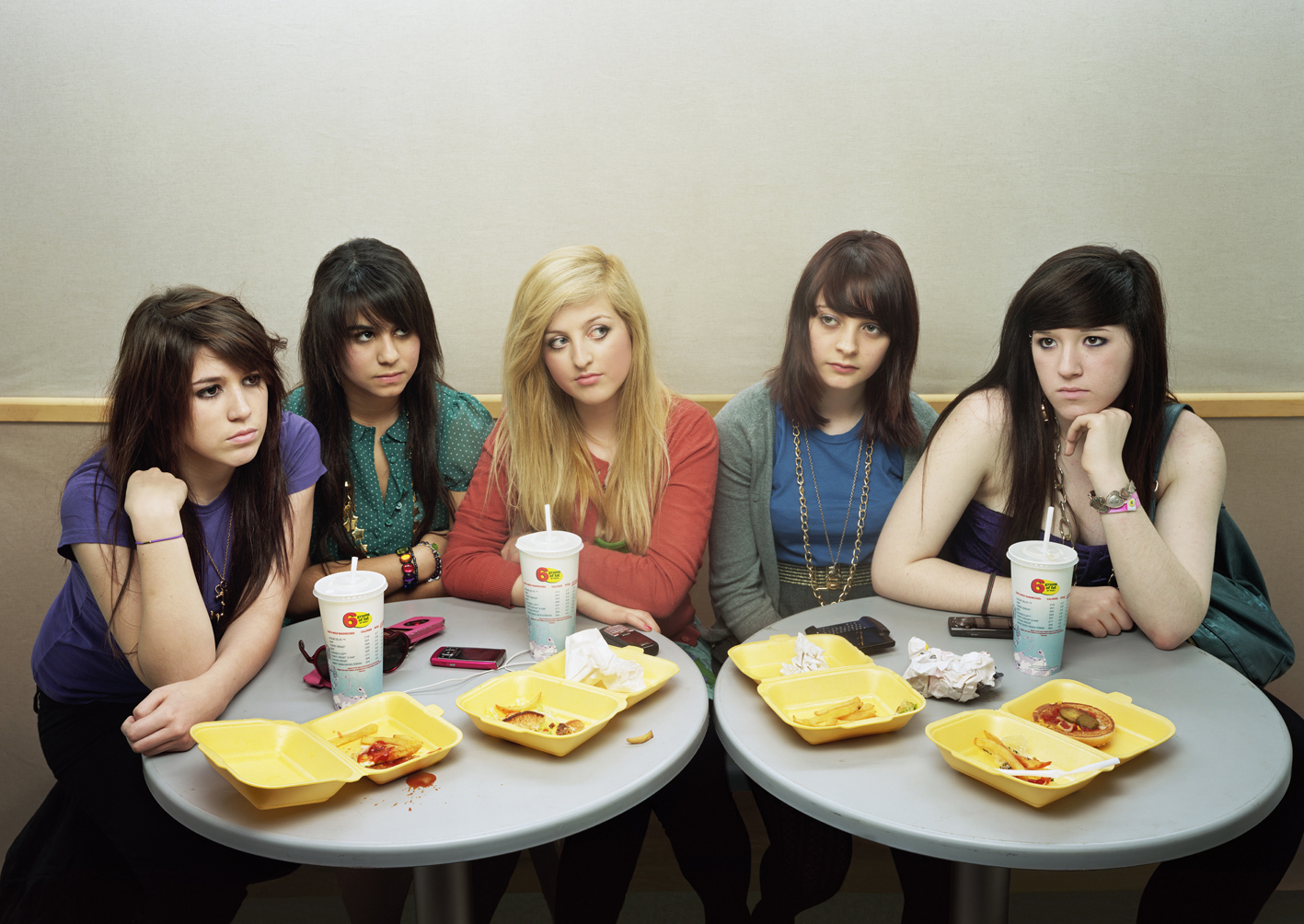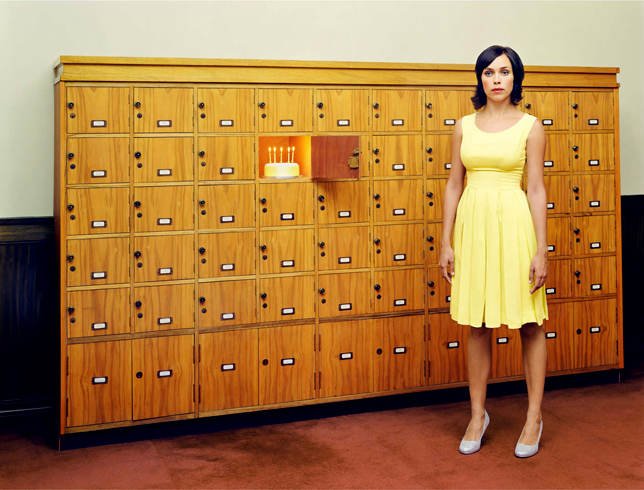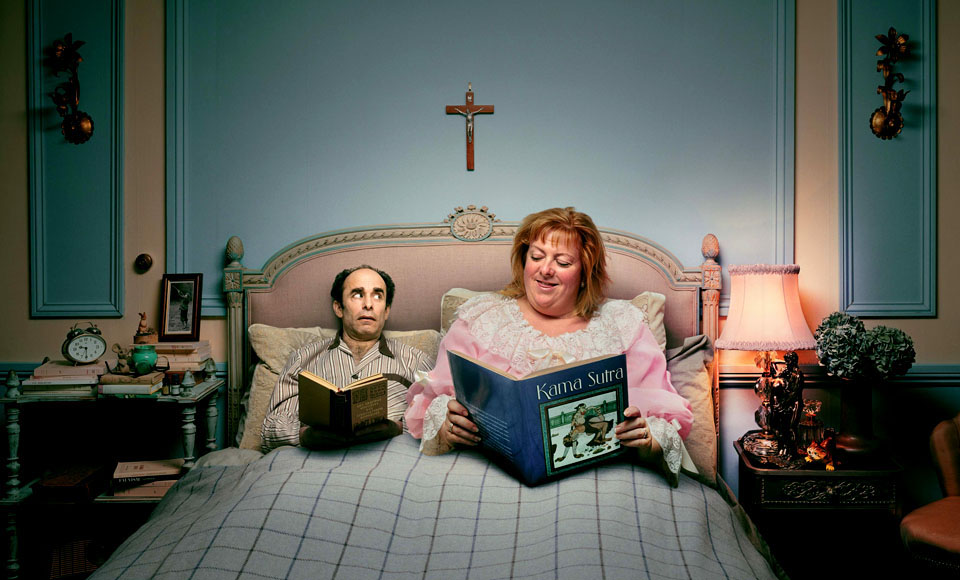Concrete Playground talks to Photographer David Stewart
Concrete Playground recently caught up with one of England's most respected photographers. Here's what he had to say.
Concrete Playground recently caught up with David Stewart, one of England's most respected photographers. He started off capturing punk bands like The Clash and The Ramones, as well as the colourful characters of Morecambe Promenade, from which he developed a distinctive style of portraiture. Often eerie, funny, creepy and touching (sometimes at the same time), his photos incite curiosity at what imagines to be a fascinating back story. He also directed and produced a film in 1995 called 'Cabbage' with a series of surrealist photographic images to accompany in homage to the often misunderstood vegetable.
He is currently working on a series called 'Teenage Pre-occupation' about what teenagers go through growing up, and will have some new work on show in Australia as part of an Olympus ad campaign. Fingers crossed an exhibition of his will travel down under soon.
How did your time growing up as a child and teenager in Lancaster influence your work?
Growing up in the North of England definitely gives you a different view on life and maybe it is this that causes me to see things with the sense of humour. Northern people are very funny and straight to the point. There is an element of telling it how it is.
You started photographing famous rock bands, which for some photographers is a topic they stick with for their whole career. What made you decide to stop photographing people in the music industry?
The band photography was what got me interested in photography but, when I was at college, I realised I was more interested in constructing images from scratch which gave me the opportunity to put forward a thought or point of view of my own. The band thing was something that could not be controlled and so, after a while, became routine.
What does camouflage symbolise to you?
Hiding and trying to fit in while there may be a more sinister message.
When looking at your photos, I am sometimes torn between laughing and feeling extremely uncomfortable. Why do you use humour in the depiction of very dark scenes?
Humour acts as a way of grabbing people's attention and then, in turn, leads them to a thought if they stay with the image long enough. It's like music where you like the tune but you're unaware the lyrics are telling a darker story.
Do you think your characters are representative of the real folk of England? Are the characters who seem threatening or malicious actually harmless or are your exposing their true nature?
I think the characters do represent real people – everyday people or situations you might be familiar with - but when presented as photography, the character or situation becomes heightened. There is an element of exposing the true nature of people to provoke a thought.
Can you tell me about the upcoming series 'Teenage Pre-occupation?' How did you choose your subjects?
The series again draws on observations I have made. The changes that the digital age have created, especially with regards to young people, is very relevant at the moment.
The subjects in 'Teenage Pre-occupation' are all chosen as they portray something I have noticed about being a teenager in the current cultural climate. Again, this becomes more noticeable when presented as a piece of photography.








